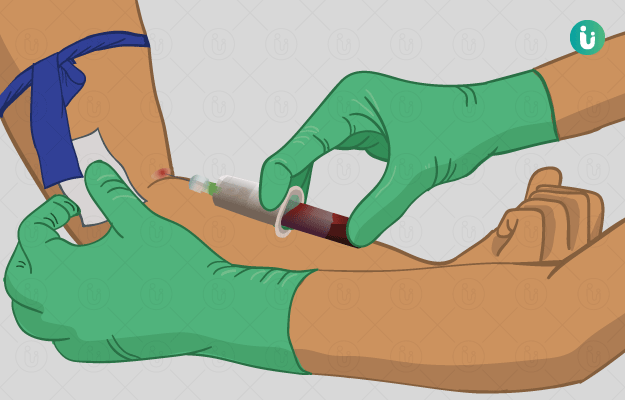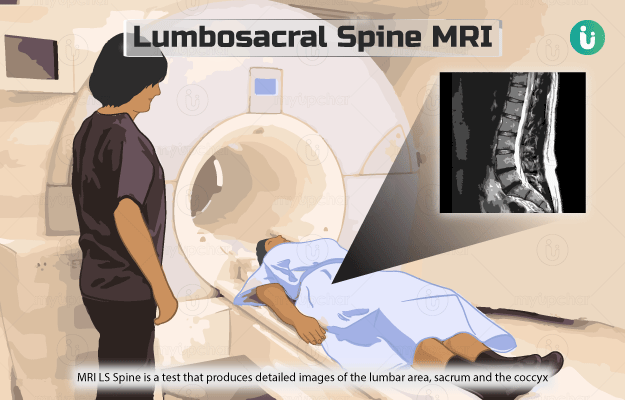What is an Absolute Eosinophil Count (AEC) test?
An AEC test is used to determine the number of eosinophils in the bloodstream. Eosinophils are a type of white blood cells (WBCs) that fight infections and worm infestations in the human body. They also help to regulate the responses of other WBCs by causing dilation of blood vessels and signalling the WBCs to reach the site of infection. Furthermore, eosinophils engulf pathogens and are known to show antiviral activity.
They also play an important role in regulating allergic responses in the body such as in asthma.
Ideally, the number of eosinophils in the bloodstream is very low. They have a short lifespan in the blood and mostly stay confined to tissues to perform their functions. However, an increased eosinophil count may indicate an active infection or allergy.






























